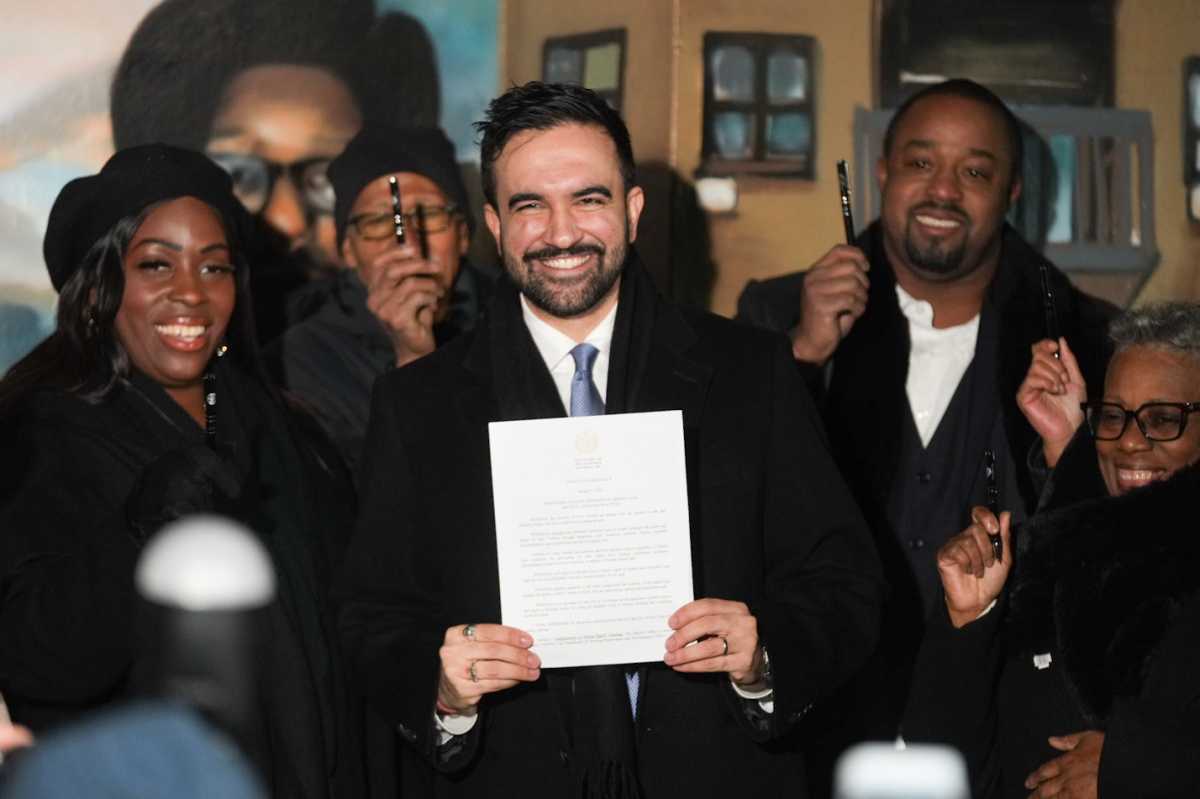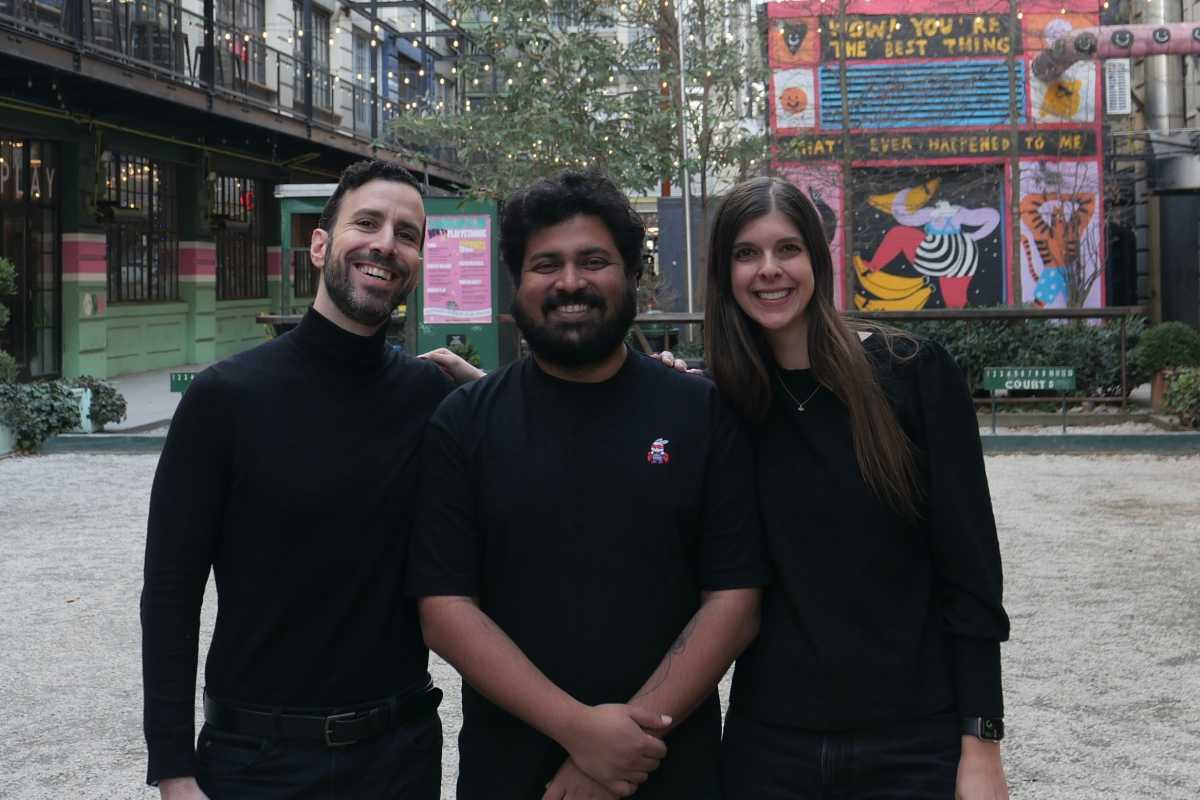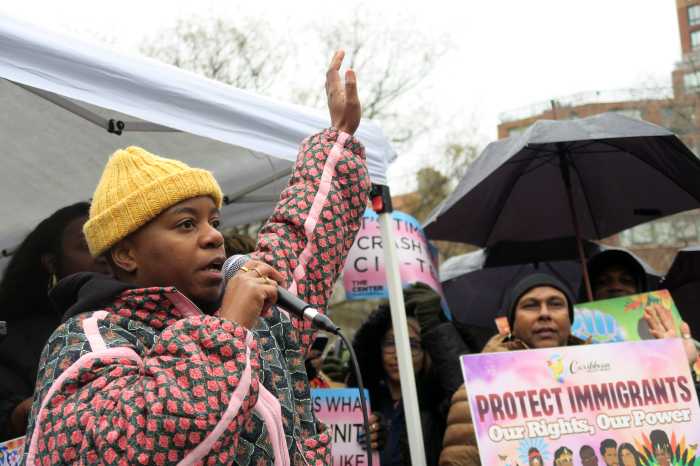The city’s plan to transform the area around Grand Central Terminal has netted its first big backer, but JPMorgan Chase’s proposed 70-story Park Avenue tower is being met with a mixed response.
The deal with the city allows the financial institution to demolish its 52-story headquarters at 270 Park Ave., acquire air rights from surrounding buildings, including some landmarks, and construct the new tower, according to the de Blasio administration. This marks the first major development in the neighborhood since the city approved a massive rezoning plan in August that was created to encourage new commercial properties in midtown east.
Deputy Mayor Alicia Glen, who helped facilitate the deal, said this would be a win for all New Yorkers, since the development includes funding for undefined infrastructure and transit improvements.
“The city of New York retains a major company and its employment base, the surrounding community sees improvements in its public spaces, and JPMorgan Chase will have a new headquarters that helps the firm compete for decades to come,” she said in a statement.
Community groups, residents and housing advocates, however, expressed doubts that the neighborhood would get a proper share of the benefits from the project.
“It will be very interesting to see if that happens and to what extent,” Layla Law-Gisiko, the chair of Manhattan Community Board 5’s landmarks committee, said of the infrastructure improvements. “We are really in uncharted territory.”
If approved by the City Planning Commission and City Council, the new headquarters will have over 2.5 million square feet of space and house 15,000 employees — at least 11,500 more than the headquarters’ current capacity, according to the city. JPMorgan Chase was tight lipped on the tower’s specific design, but said it will have environmentally-friendly features and modern amenities.
Construction would begin in 2019 and last five years, and employees would work in temporary offices located within the neighborhood.
The rezoning rules that were approved for midtown east in August require owners who sell their air rights to pay the city a minimum contribution of $61.49 per square foot, for projects such a public plazas. However, the company has not revealed where it will be acquiring the air rights for its taller tower.
Law-Gisiko said the board was not happy with the rezoning agreement, because of its lack of concrete details for the infrastructure improvement components. She was particularly concerned over whether the additional resources will be able to build better streets and transit access to accommodate the extra amount of foot traffic created by the additional employees.
“You’re going to create extremely tall and extremely dense buildings,” she said. “I don’t know how they can handle all of those extra people.”
Paulo Lazcano, 35, a broker from the Upper West Side, who works near the building, said he’s also skeptical about the promises made by JPMorgan Chase for community improvements.
“If it’s just like, ‘Take my word for granted and I will compensate in x number of years,’ then I would get a bit hesitant,” he said.
City Councilman Keith Powers, who represents the area, said even though the development and future projects within the rezoned area will be mostly as-of-right, the community will have input. A special governing group, led by himself, Deputy Mayor Glen, the community boards and other parties, will be responsible for tracking and doling out the money for the future infrastructure projects generated by the developments.
“The community will have a number of opportunities to say what they want to see,” Powers said.
Aside from the change in foot traffic, other midtown workers said they are thinking about the construction woes that will be coming over the next years. Jeff Cunningham, 45, who works in film production, said he hoped the developers take into account the health risks of taking down a 57-year-old building.
“I know the buildings constructed during that time have asbestos,” he said. “If they’re not extremely careful it’s going to put that asbestos fiber into the air for everyone to breathe and it’s going to float through the city.”
Tara Kelly, the vice president for policy and programs at the nonprofit Municipal Arts Society group, said she was also disappointed with JPMorgan Chase’s decision to demolish the building, given that it had been upgraded several times over the years, including a 2012 revamp that earned it an energy efficiency certificate.
“Millions of dollars have already been spent to bring this building to energy efficiency status,” Kelly said. “It’s just wasteful.”
She predicted that the neighborhood will be seeing the development of more super tall towers in the near future.
“Anyone who is bound in the rezoning areas then or now has already given thought as to what opportunities there are for them,” she said.
With Anne Ehart







































